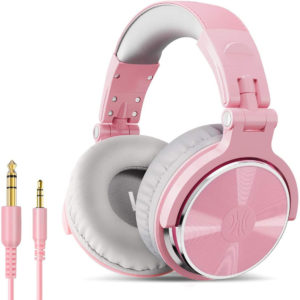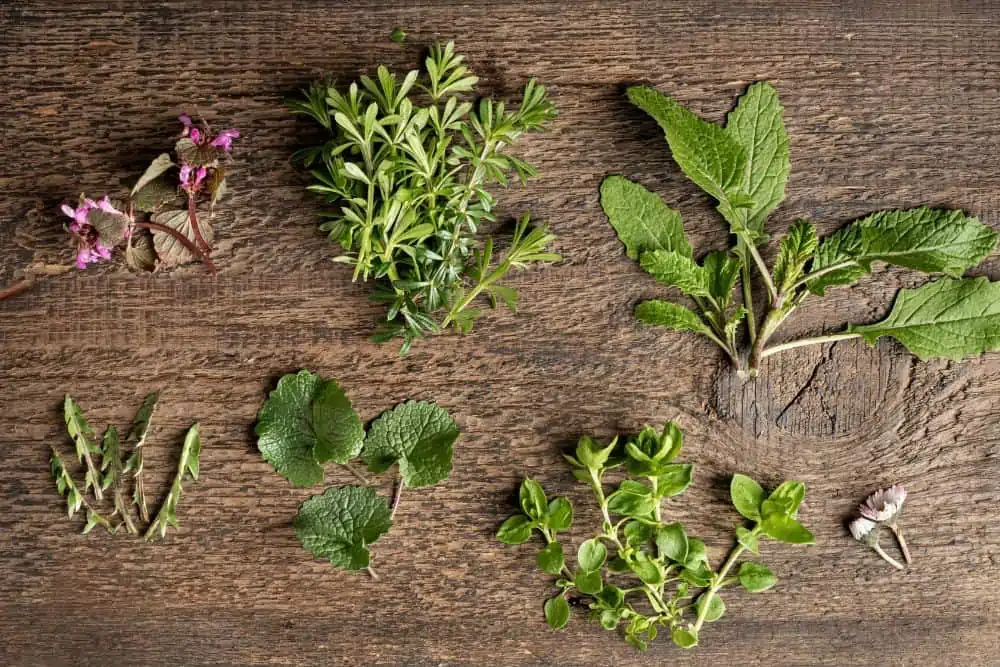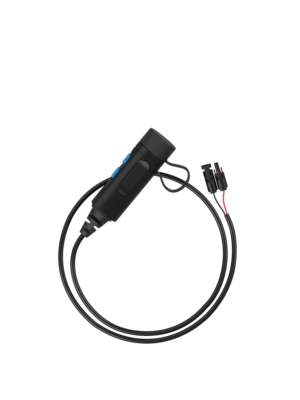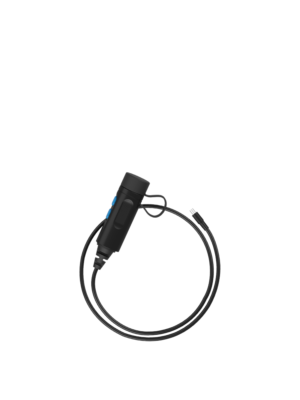The Art of Foraging for Wild Edibles – Top Outdoor Survival
Foraging is the act of collecting wild plants and other materials from nature for food, medicine, or other purposes. It is an ancient practice that has been passed down through generations and is gaining popularity in recent years as people seek out more sustainable and natural ways of living.
Foraging for wild edibles offers a number of benefits. First and foremost, it is a free and sustainable way to source food. Wild edibles can often be found in abundance, and collecting them has a minimal impact on the environment compared to traditional farming methods. Foraging also allows you to connect with nature and learn about the local flora and fauna in your area.
However, it is important to approach foraging with caution and respect. Proper identification of plants is crucial to ensure that you are only harvesting safe and edible species. It is also important to follow ethical foraging practices, such as only taking a small portion of any given plant population and leaving plenty for others and for the plant to regenerate.
Keeping these things in mind, foraging can be a fun and rewarding activity that lets you take advantage of what nature has to offer and use it in your daily life.
Getting Started With Foraging
If you’re new to foraging, it can be overwhelming to know where to start. Here are a few steps to get you started:
- Find a local guide or mentor. There are likely others in your community who are experienced in foraging, and they can be a valuable resource as you get started. Consider joining a local foraging group or finding a mentor who can teach you the basics.
- Research and identify edible plants in your area. There are many field guides and online resources available to help you identify the edible plants in your area. It’s important to thoroughly research and properly identify any plants before you consume them to ensure that they are safe to eat.
- Gather the basic tools and equipment you’ll need. While foraging doesn’t require a lot of specialized equipment, there are a few items that can be helpful to have on hand. These may include a field guide, basket or bag for collecting plants, and scissors or a knife for harvesting.
By following these steps, you’ll be well on your way to becoming an expert forager in no time. Just remember always to prioritize safety and sustainability as you learn and explore the world of wild edibles.
Common Wild Edibles to Look For
There is a wide variety of wild edibles that can be found in different regions around the world. Here are a few examples of common plants that you may be able to find in your area:
- Greens: Dandelion, nettle, lambsquarters, and wild mustard are all examples of wild greens that are commonly foraged. These plants can be used in salads, soups, and other dishes as a nutritious and flavorful addition.
- Berries: Blackberries, raspberries, blueberries, and other wild berries can often be found in abundance in the summer and early fall. These sweet treats can be eaten fresh or used in jams, pies, and other baked goods.
- Nuts: Acorns, hickory nuts, and walnuts are all examples of nuts that can be foraged in many regions. These nuts can be processed and used in a variety of dishes, from nut butter to baked goods.
- Fruits: Apples, pears, and plums are just a few examples of wild fruits that can be found in many areas. These fruits can be eaten fresh or used in cooking and are a delicious and sustainable alternative to store-bought produce.
- Mushrooms: Chanterelles, morels, and oyster mushrooms are just a few examples of the many types of wild mushrooms that can be found in different regions. These flavorful fungi can be used in a variety of dishes and add a unique twist to your cooking.
By keeping an eye out for these and other wild edibles, you’ll be able to add a variety of flavors and nutrients to your diet. Just remember to properly research and identify any plants before consuming them to ensure their safety.
Foraging Techniques
Once you’ve identified the wild edibles you want to harvest, there are a few techniques to keep in mind to ensure that you are collecting them in a sustainable and ethical manner:
- Harvesting techniques: Different plants may require different harvesting techniques. For example, some plants can be snipped with scissors or a knife, while others may need to be pulled out by the roots. It’s important to be gentle and avoid damaging the plant or its surroundings as much as possible.
- Processing techniques: Once you’ve collected your wild edibles, you’ll need to process them before they are ready to use. This may involve cleaning off any dirt or debris, drying the plants, or preserving them in some way (such as by pickling or freezing).
By following these techniques and taking care to minimize any negative impact on the environment, you can ensure that your foraging practices are sustainable and ethical. With some practice, you’ll become an expert at collecting and processing wild edibles in a way that is both enjoyable and respectful of the natural world.
Using Foraged Ingredients in Cooking
Once you’ve identified the wild edibles you want to harvest, there are a few techniques to keep in mind to ensure that you are collecting them in a sustainable and ethical manner:
- Harvesting techniques: Different plants may require different harvesting techniques. For example, some plants can be snipped with scissors or a knife, while others may need to be pulled out by the roots. It’s important to be gentle and avoid damaging the plant or its surroundings as much as possible.
- Processing techniques: Once you’ve collected your wild edibles, you’ll need to process them before they are ready to use. This may involve cleaning off any dirt or debris, drying the plants, or preserving them in some way (such as by pickling or freezing).
By following these techniques and taking care to minimize any negative impact on the environment, you can ensure that your foraging practices are sustainable and ethical. With some practice, you’ll become an expert at collecting and processing wild edibles in a way that is both enjoyable and respectful of the natural world.
In Conclusion
Foraging for wild edibles is a rewarding and sustainable way to source food and connect with nature. Whether you’re looking to add a few wild ingredients to your cooking or want to entirely replace your store-bought produce with foraged options, there are many benefits to be gained from this ancient practice.
But it’s important to remember to approach foraging with caution and respect. Proper identification of plants and ethical harvesting practices are crucial to ensure that you are only consuming safe and sustainable ingredients.
So if you’re feeling adventurous and want to try your hand at foraging, don’t be afraid to get started! With a little bit of research and practice, you’ll be an expert forager in no time. Just remember always to prioritize safety and sustainability as you explore the world of wild edibles.
Please Support Our Sponsors
Solar Power Generator Discounts Along With Free Shipping
- 10% OFF for Jackery Solar Generator 2000 Pro Series with code "JADEAL"
- 10% OFF for Jackery SolarSaga 200W Solar Panel with code "JADEAL"
- 10% OFF for Jackery Solar Generator 1500 Series with code "JADEAL"
- 10% OFF for Jackery Solar Generator 1000 Series with code "JADEAL"
- 10% OFF for Jackery Explorer 1500 Portable Power Station with code "JADEAL"
- 10% OFF for Jackery Explorer 1000 Pro Portable Power Station with code "JADEAL"
- 10% OFF for Jackery Explorer 500 Pro Portable Power Station with code "JADEAL"
- 10% OFF for Jackery Explorer 300 Pro Portable Power Station with code "JADEAL"
- 10% OFF for Jackery SolarSaga 100W Solar Panel with code "JADEAL"

The University of Georgia is represented by the Georgia Bulldogs . The Bulldogs participate in the Southeastern Conference's (SEC) Eastern Division of the NCAA.
They play their home games in the storied Sanford Stadium in Athens, Georgia. The first season in Georgia was in 1892. In 1942, 1980, and 2021, the Georgia Bulldogs won three national championships.
The Georgia Bulldogs have additionally been crowned the National Champion in four additional seasons by at least one polling organization (1920, 1927, 1946 and 1968).
The Georgia Bulldogs are tied for second place in conference history with their 15 conference titles, including 13 SEC titles, and their 59 bowl appearances, which ranks second all-time.
In addition, the program has produced five top picks in the National Football League (NFL) draft, two Heisman Trophy winners, numerous winners of various national honors, and many others.

Longhorns football represents the University of Texas in Austin often known as Texas, UT or the Texas Longhorns. The Longhorns represent the Big 12 Conference in the NCAA Division. They play in Austin, Texas, at the Darrell K. Royal-Texas Memorial Stadium.
The Texas Longhorns are ranked third and seventh, respectively, in terms of all-time wins and win-loss records, with over 900 victories and an overall win-loss percentage of.705.
The legendary program also boasts four national titles, 32 conference titles, 100 First Team All-Americans, and two Heisman Trophy winners.
Get your Texas Longhorns Revival T-Shirt today. The Texas Longhorns Rustic Revival shirt is also a fan favorite.
Many college sports fans like to wear their gear all around town, get your Texas Longhorns Centered gear and show your support.





 Gettr
Gettr














